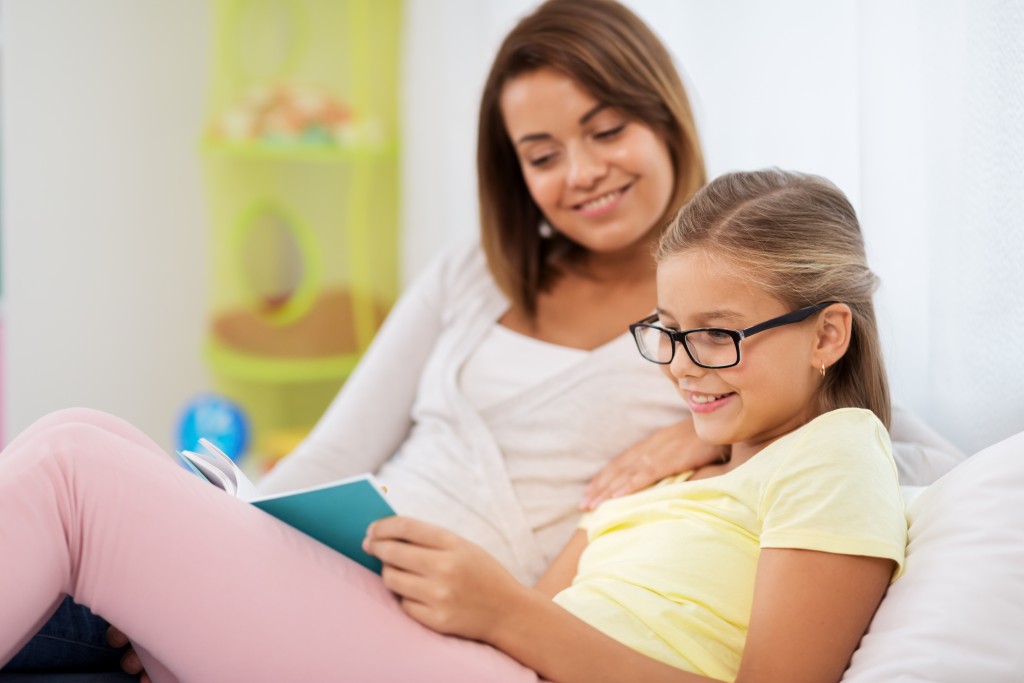We’re living in a world where anyone with a smartphone or tablet and an internet connection can easily access all sorts of data, information, and media, including children. When the pandemic stuck, it somehow cemented the internet’s importance to everyday life as almost everything took place online. Remote work and Zoom meetings became the new norm. Learning became virtual, too; primary, secondary, university, and even a 4-hour BDI (Basic Driver Improvement) course are online.
Along with the ease of accessibility that the internet has provided are a few setbacks, too. The information superhighway has been such a boon to users from all over the world because of all the information available to them. However, not everything you see on the internet is, at the very least, correct. There are a lot of inaccurate data, fake news, propaganda, and smut that people are exposed to daily, and unfortunately, children aren’t safe from it.
The Parent’s Responsibility
First and foremost, we want to be clear that parents are primarily responsible for their children. Okay, so we’re stating the obvious. But a premise has to be set because whenever it comes to media consumption, folks will bring up the argument that parents should closely monitor their children’s online activities.
Agreed.
Ideally, parents should be aware of how much and what type of media their children are consuming and exposed to and place certain safety protocols that will somehow restrict their access to unwanted content. Devices, apps, and streaming platforms have parental controls that can be set to prevent children from seeing inappropriate material and limit their time spent online.
However, parental settings on YouTube, Chrome, Netflix, and other media apps aren’t enough.
Arts & Media Is a Powerful Tool
Artists are gifted with creativity and the means to express themselves artistically. Art can be traced all the way back into ancient history. From primitive drawings found in caves to Egyptian hieroglyphs to Shakesperean theater to modern-day cinema, art has been a staple in mankind’s existence.
As men evolved and as societies progressed, the expressions of art have also changed. In many ways, given the past hundred years alone, there is a stark contrast between Hollywood in the 1920s to what we have today.
The technology and the expressions not only changed but even the values and the motivation behind the different artforms have taken a different turn. What once was considered taboo is now seen as empowerment. Take for instance the show-stealing performance from Cardi B and Megan Thee Stallion in the recently-held Grammy Awards.
The controversial number is called out by conservatives for crossing the boundaries making it unfit for public consumption. The liberals are applauding and cheering the women on as they performed an obscenely vulgar number to the hypersexually-charged track WAP. Cardi B has been called out for her hypocrisy in not allowing her own daughter to be exposed to her empowering song because of the song’s message.
Her protecting her daughter is considered a class act by her supporters but her apathy to other people’s children who have access to her songs on YouTube, TikTok, and other streaming platforms is excused as her hustle.
A lot of people claim that artists have the right to freedom of expression and speech, and yes, that is true. However, if all we’re concerned about is rights without considering the ramifications of our indulgences, then we have failed as a community.
Rights are very powerful motivators for people. And arts and media are very powerful tools to promote and fight for those rights. However, we must also understand that artists are given a greater platform of influence.
It is believed that the timidest person has an influence on about 10,000 in his or her lifetime. An artist’s influence goes beyond that number exponentially. Depending on who they are and what they do, an artist’s influence, whether positive or negative, can balloon up to billions in his or her lifetime. That’s not including the succeeding generations that can be exposed to their body of work.
Artists, creative people, and everyone involved in arts and media should have a clearer understanding that they exist not just to earn money but to make the world a more beautiful place.
It is their calling. That is their legacy.
We’re All in this Together

The argument that it is a parent’s responsibility to monitor their children’s online activity is true. However, it is only half right. A child’s growth and development are not dependent solely on a parent. As the old saying goes, it takes a village to raise a child.
We need the help of other people, directly and indirectly, to raise the next generation. Almost every parent knows this fact and understands it completely. We need the community to pitch in and help create an environment that is conducive to raising kids and empowering them to grow up to be morally-upright and socially-responsible human beings.
This is why child protection laws are in place; why we send our kids to school; why we get people as godparents to stand as second parents to our children; why public places are made childproof and child-friendly; why there is censorship in arts and media.
We need other people and other industries, including arts and media, to help raise our children.
With the kind of power artists wield, they should not just fight for their creative rights but should also take responsibility for all they do as creative people. With great power comes great responsibility. The moment we take one away from the other, we experience and suffer an imbalance in society.

